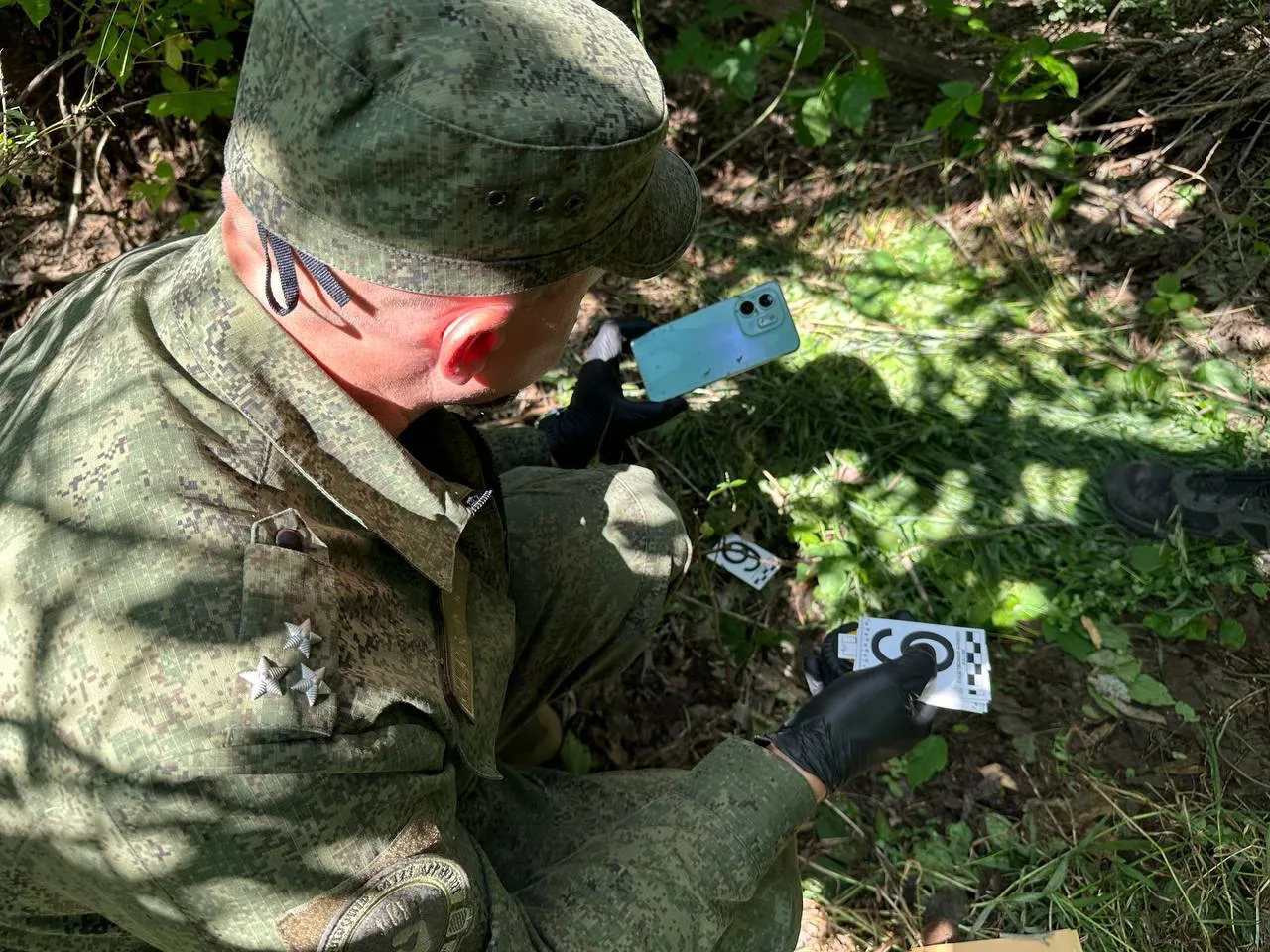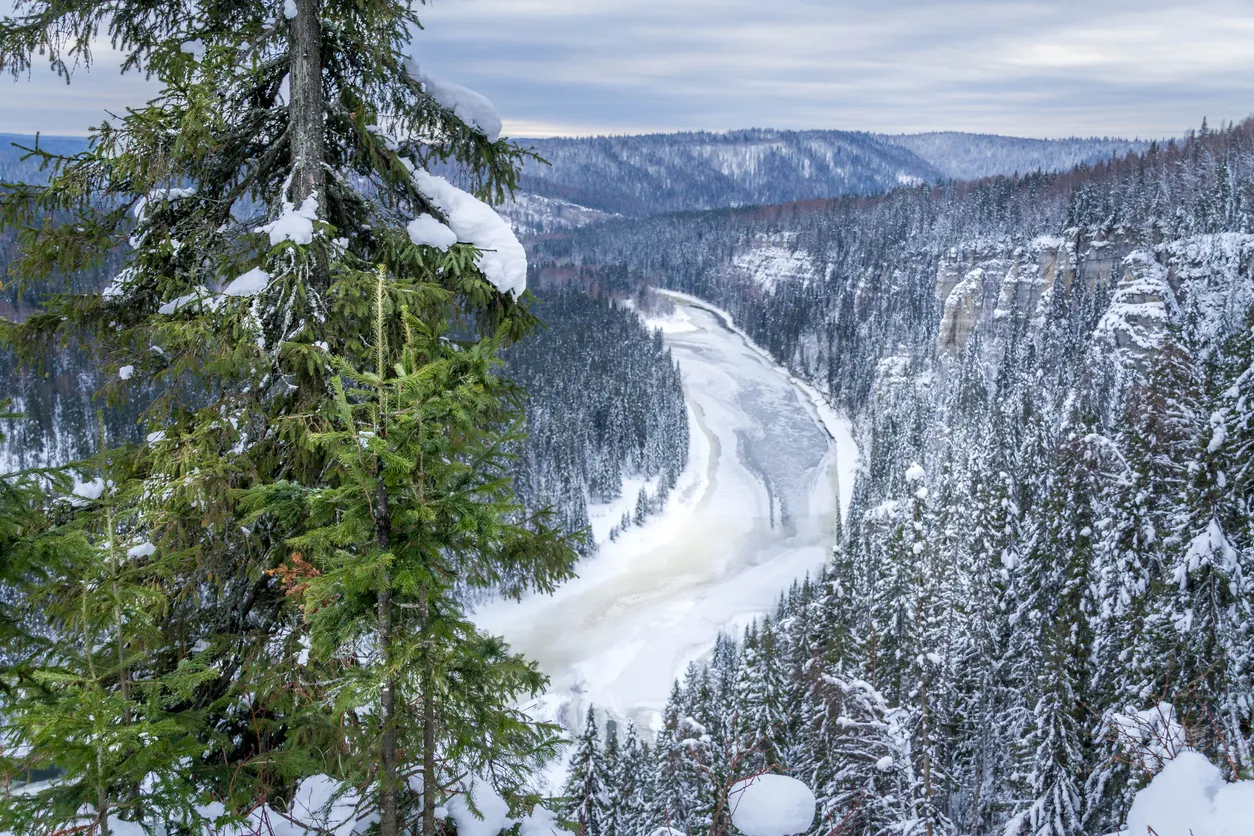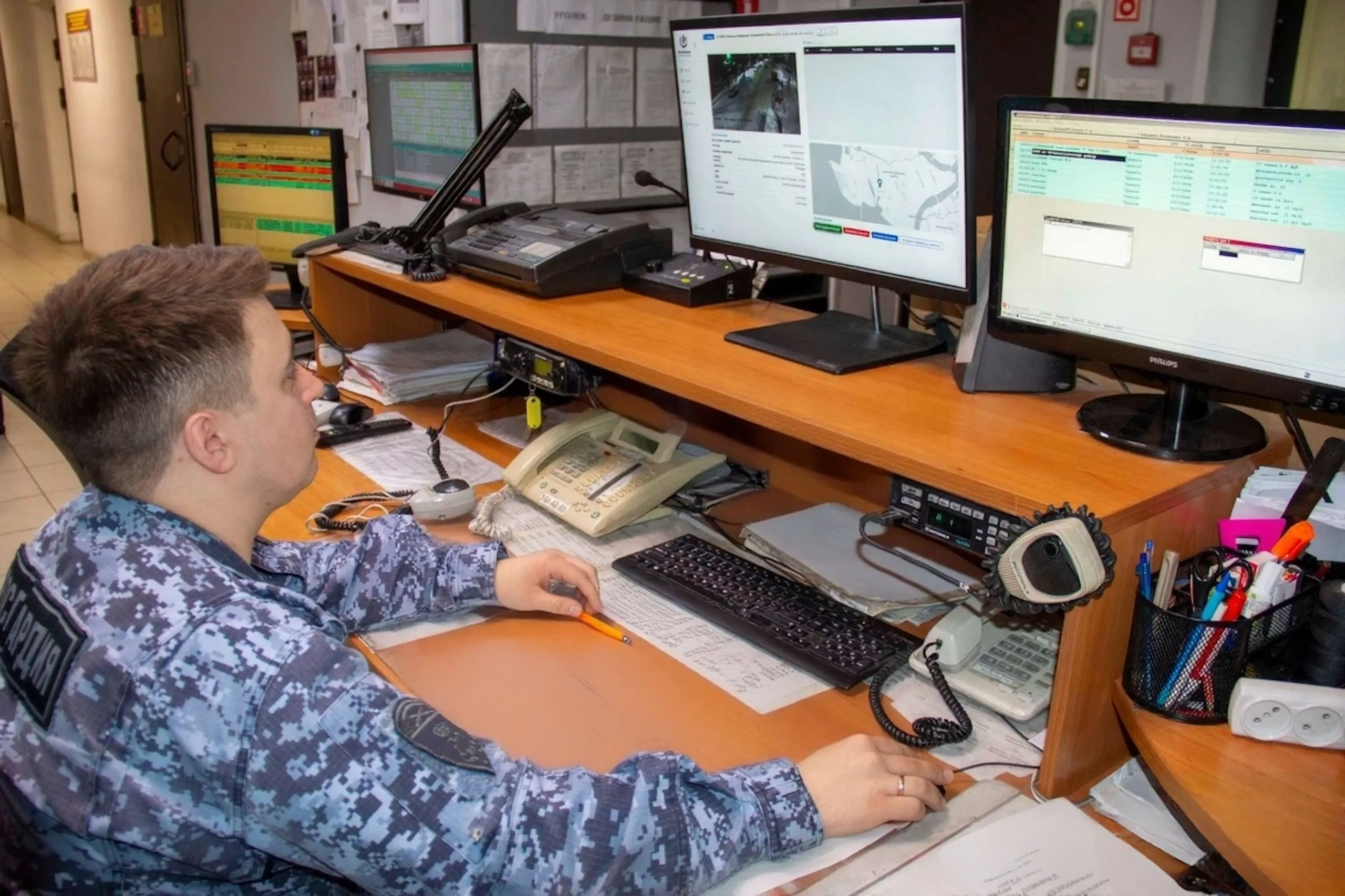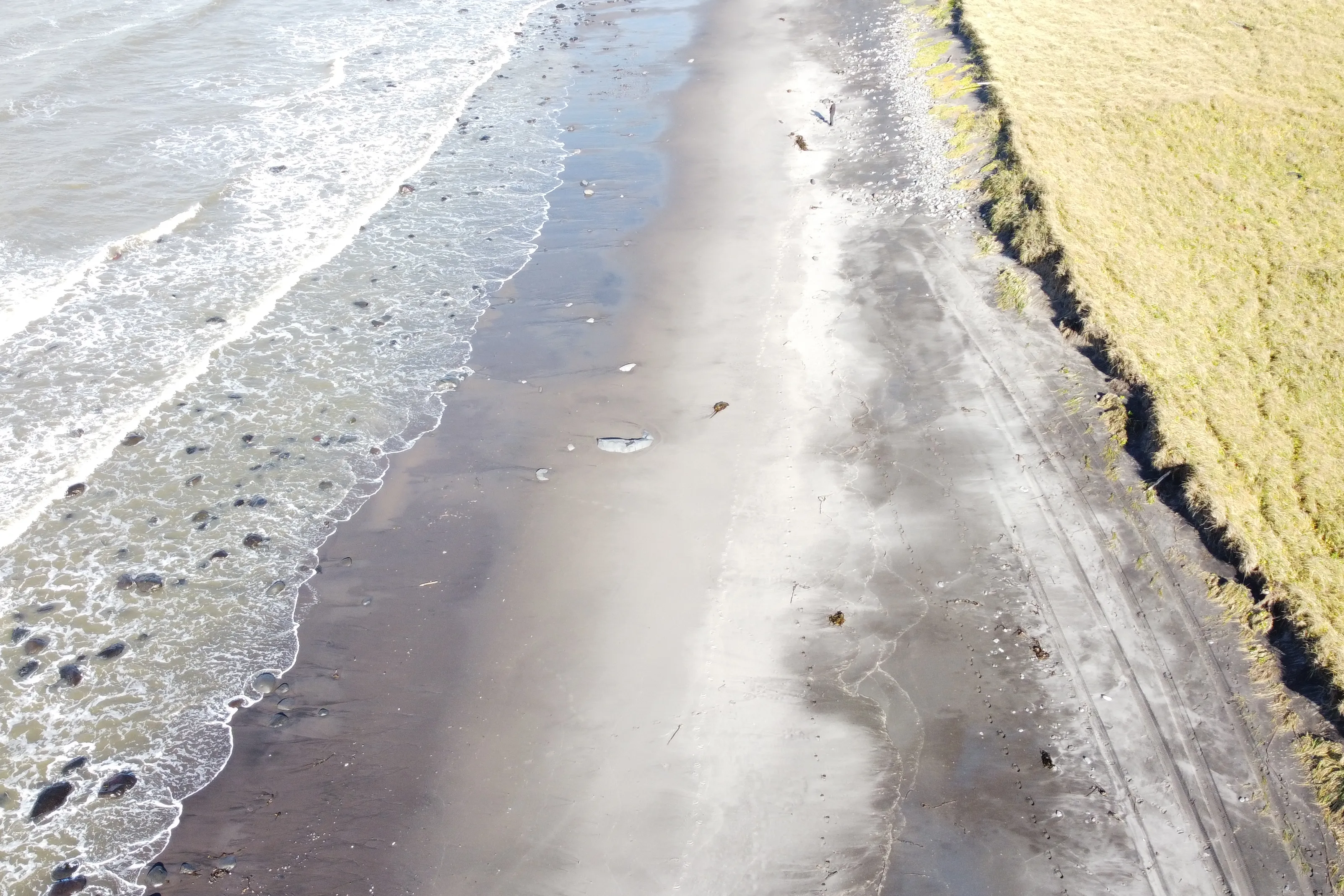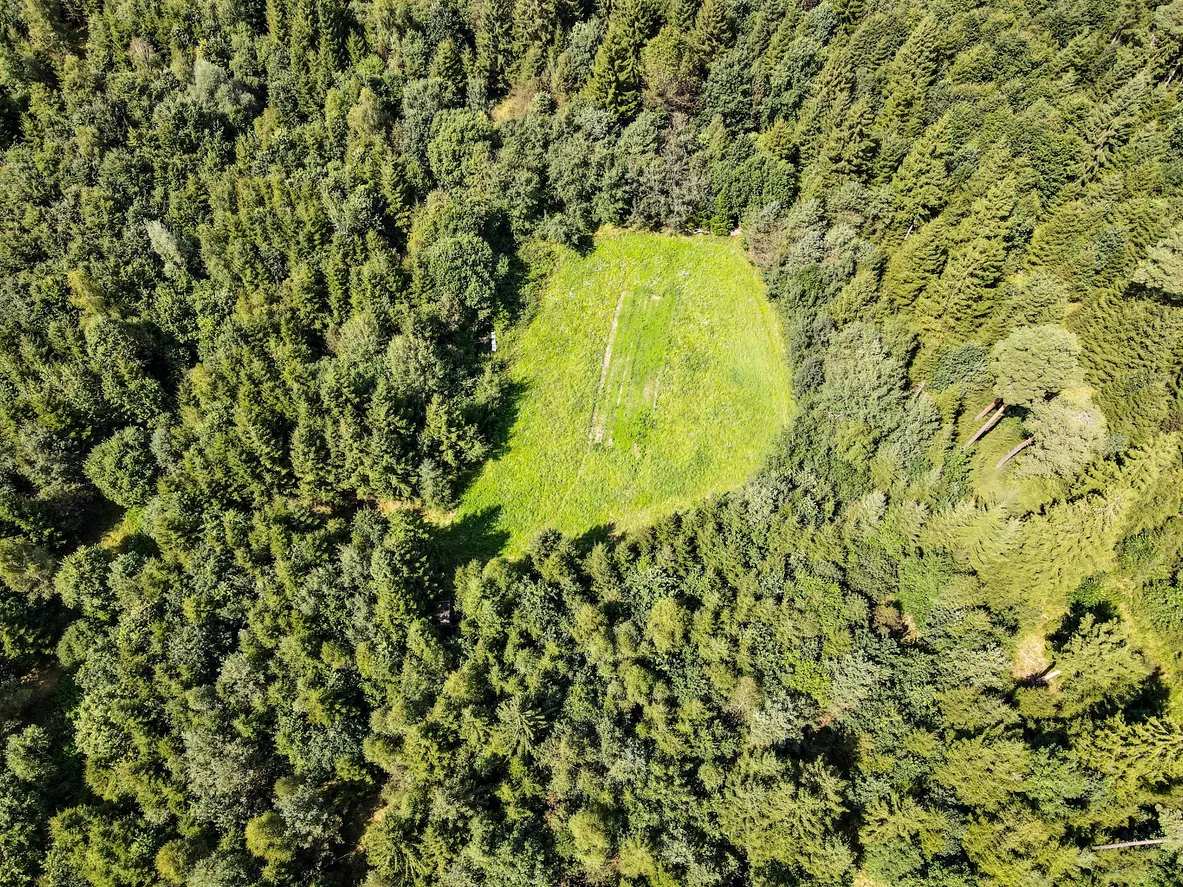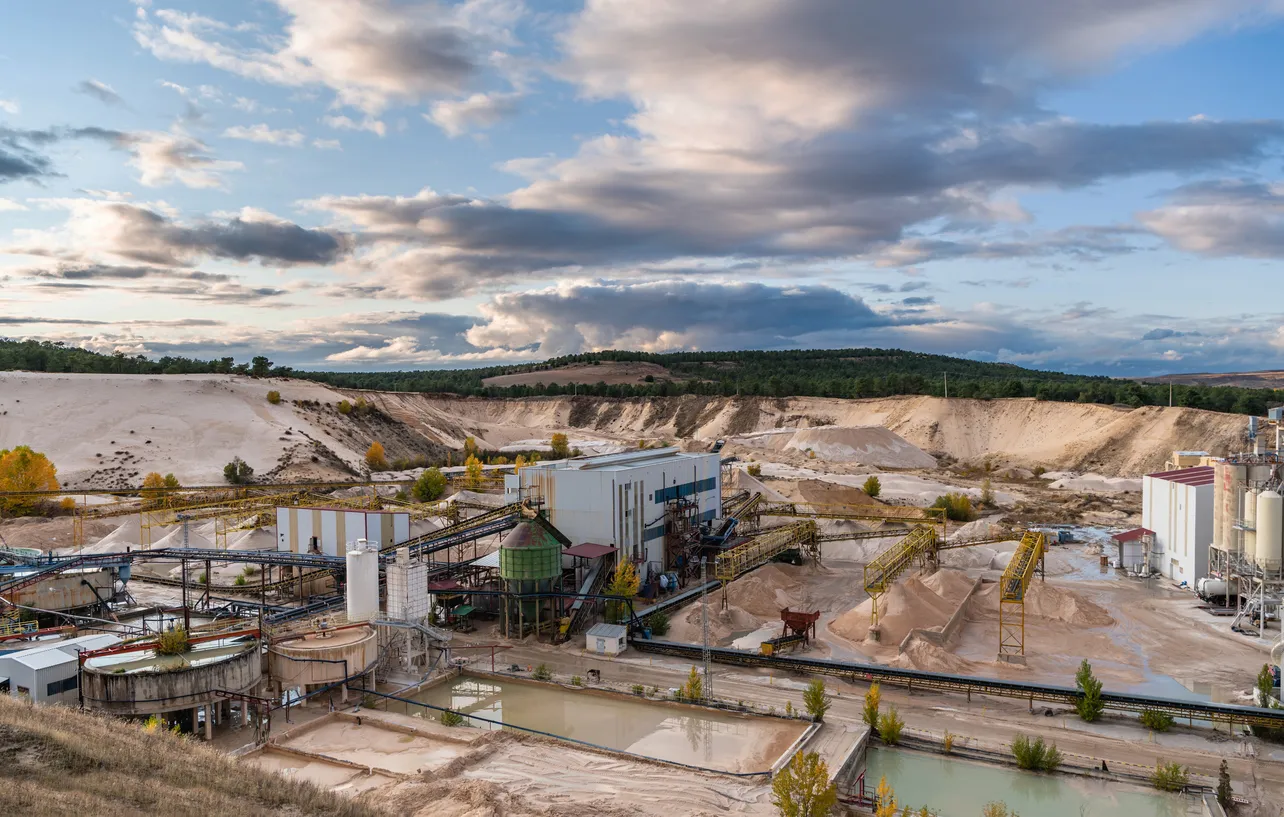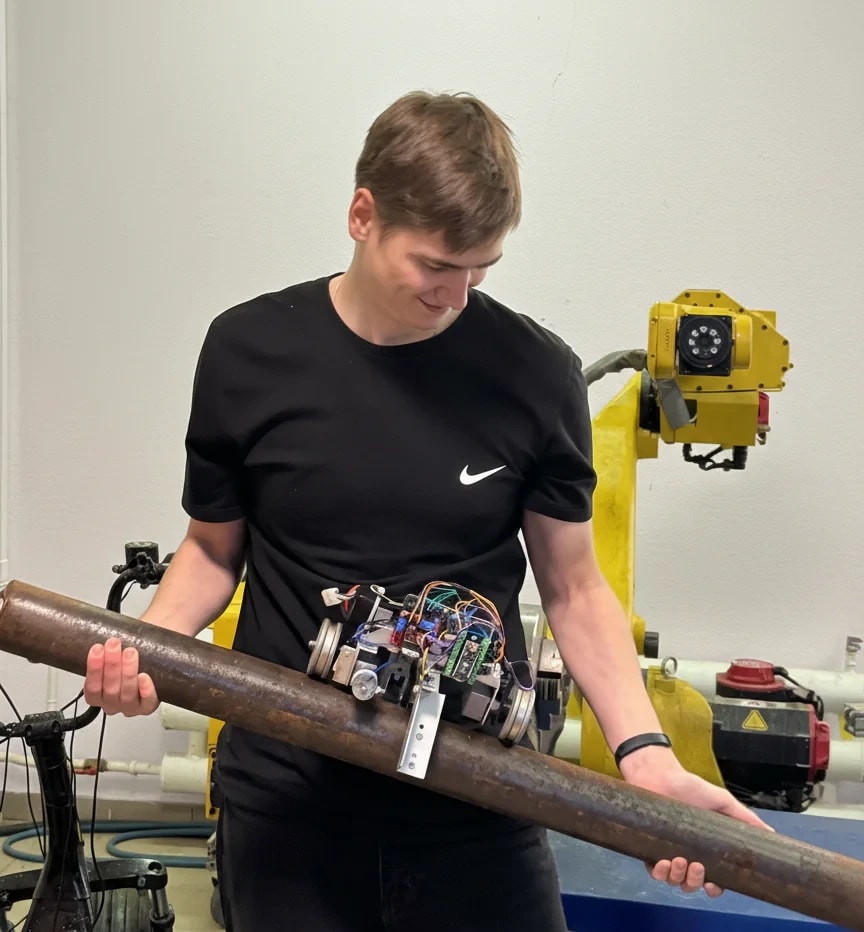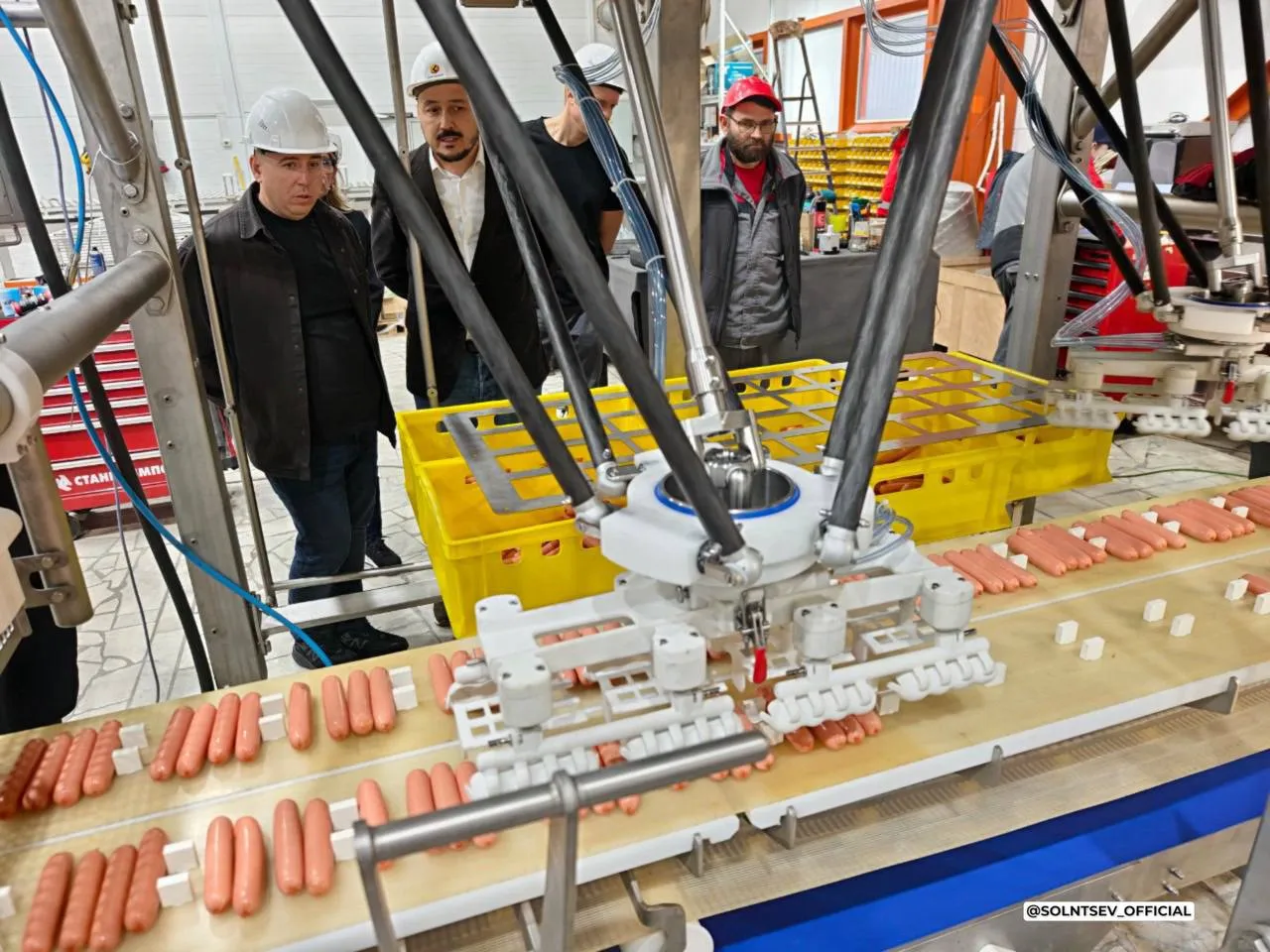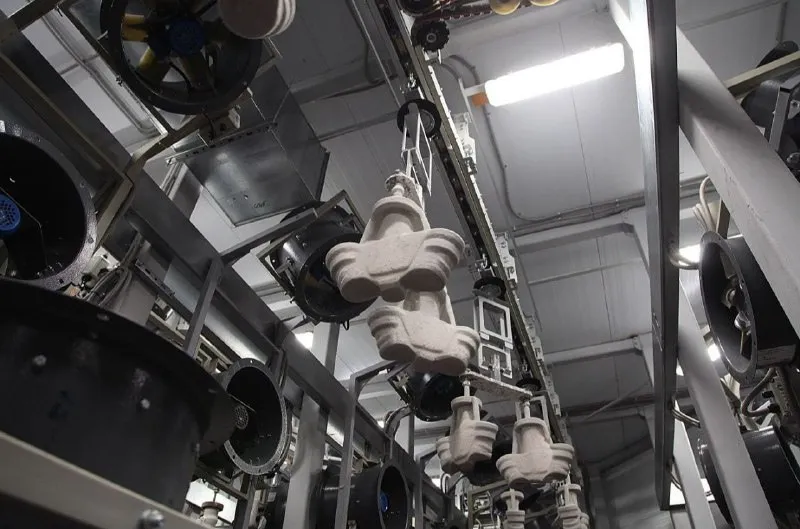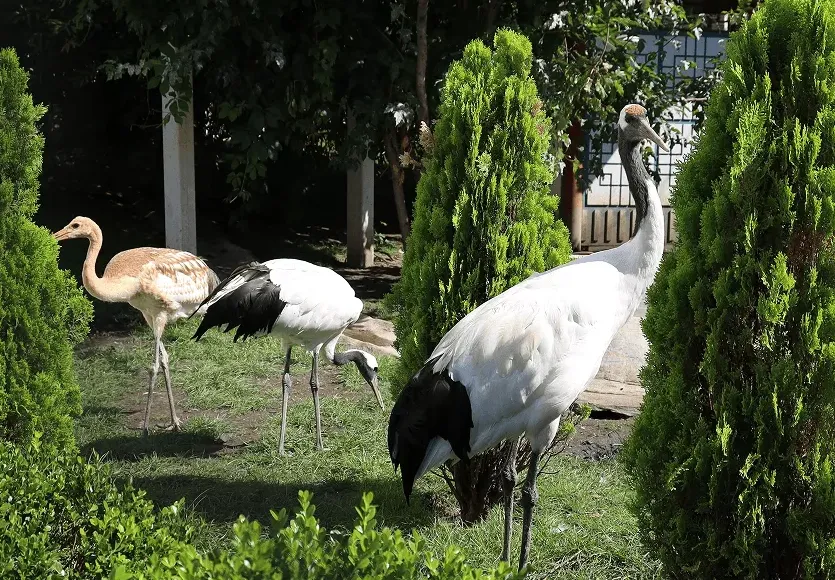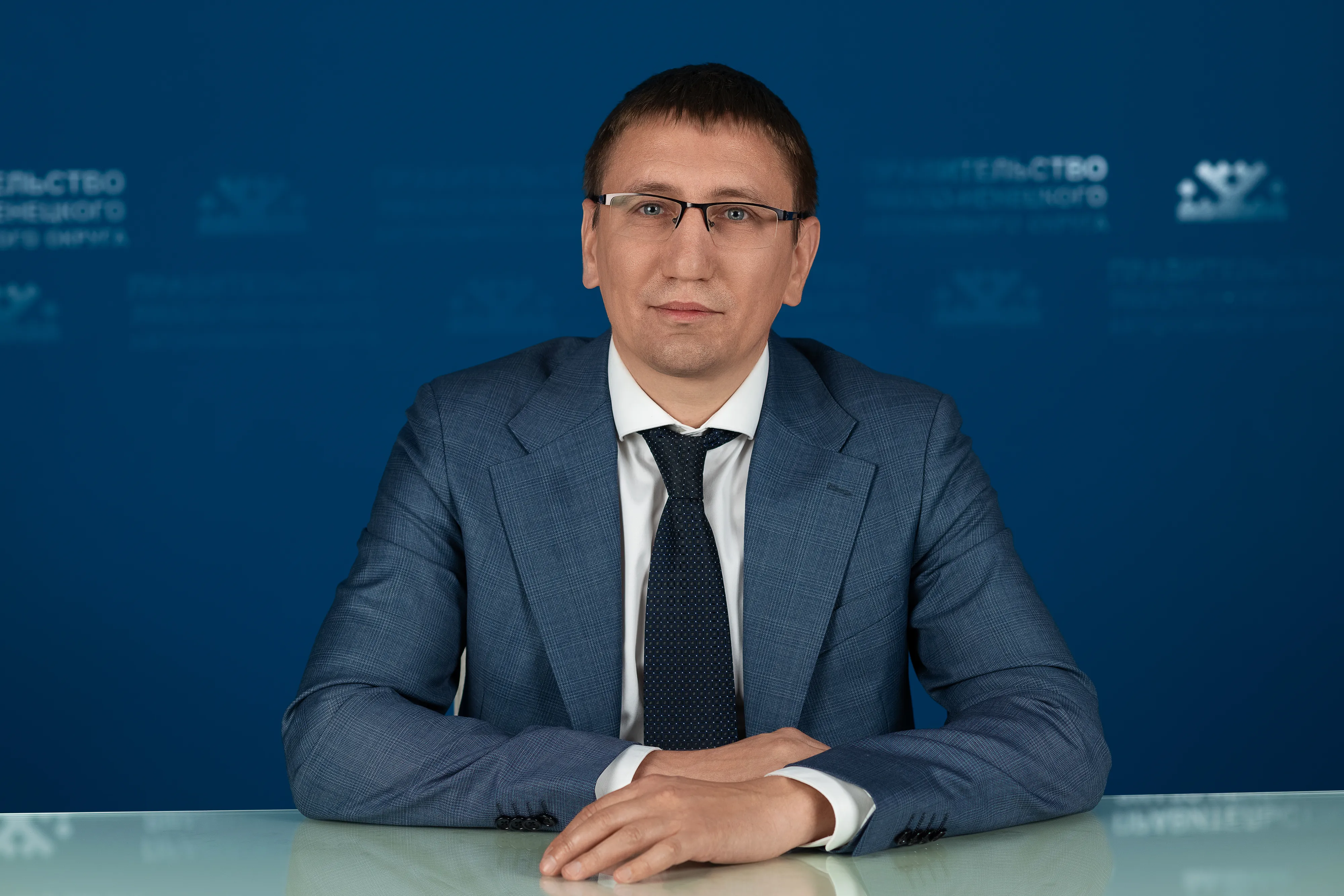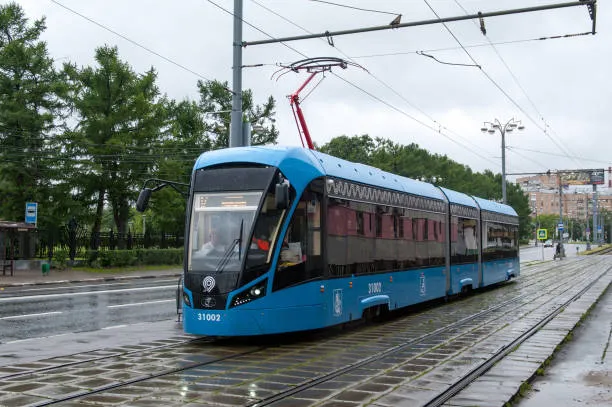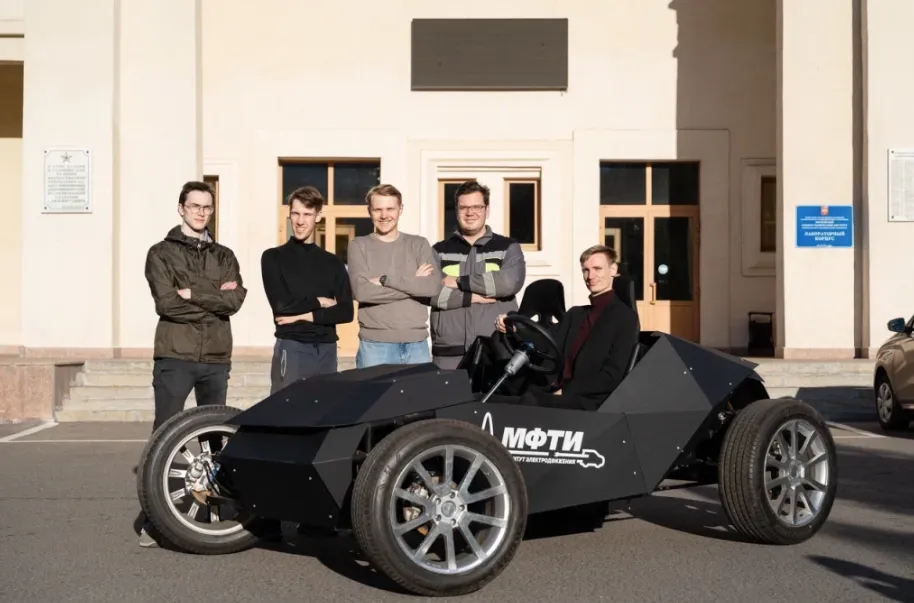Russia Unveils Next-Gen Tropospheric Communication Station for Remote Regions
The “Groza-1.5” system bounces radio waves off the lower atmosphere to provide stable, long-range connectivity in areas where traditional networks can’t reach.
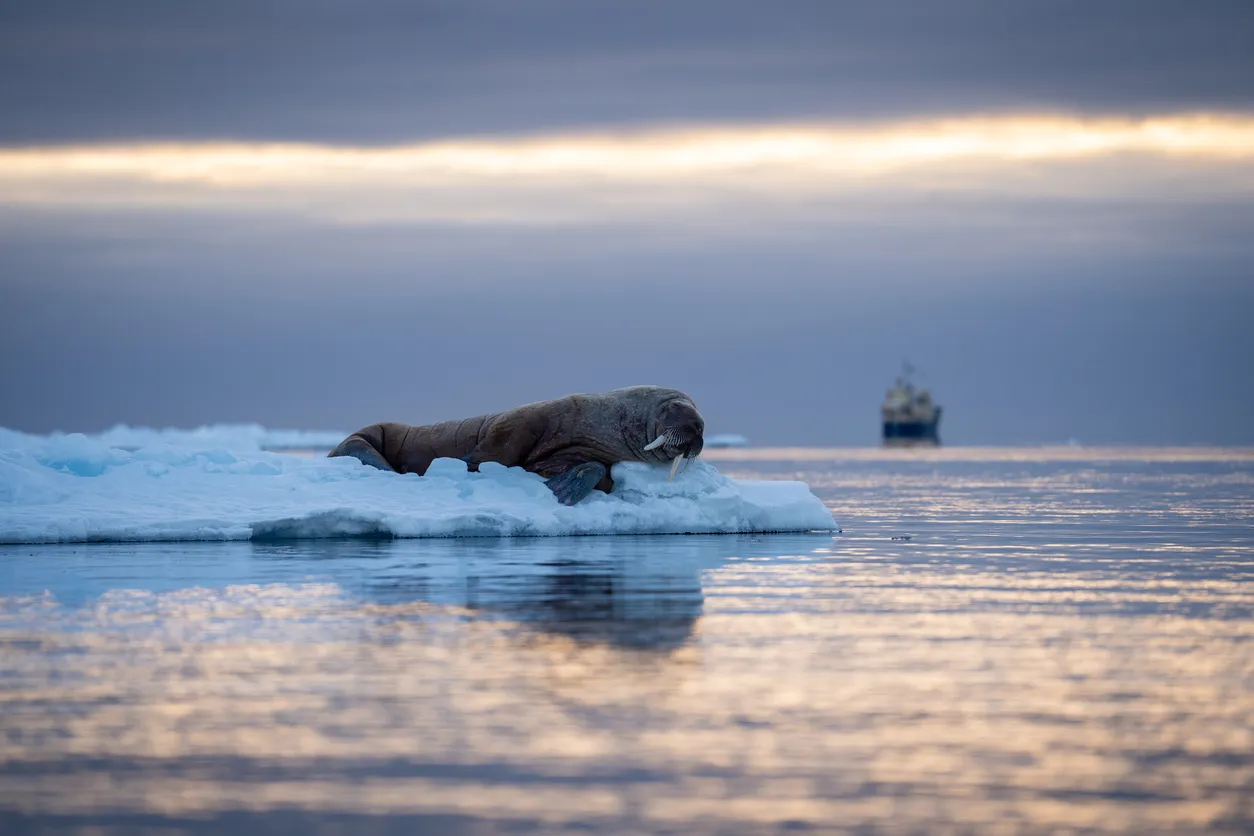
Russian technology holding Rosel has revealed new details about its Groza-1.5 tropospheric communication station, a breakthrough system designed to deliver reliable data links across remote and hard-to-reach regions. The technology works by reflecting radio signals off the troposphere, the lowest layer of Earth’s atmosphere, enabling communication over distances of 50 to 210 kilometers — even in mountainous terrain or Arctic conditions.
Communication Without Line of Sight
Tropospheric communication solves one of the biggest challenges of connecting isolated regions: lack of direct line-of-sight between transmitting and receiving stations. Instead of sending a signal straight ahead, the Groza-1.5 beams it upward at an angle; the signal then bounces off a “tropospheric mirror” 10–15 kilometers above ground and returns to Earth, maintaining contact across vast distances.
AI-Enhanced Connectivity
Built for Russia’s Arctic and northern regions, Groza-1.5 is engineered to withstand extreme conditions — from strong winds to temperatures as low as -50°C — while serving as a cost-effective alternative to laying fiber or leasing satellite bandwidth. The system’s AI-powered high-speed modem continuously adapts to environmental noise, automatically filtering interference to maintain stable data transmission.
By combining machine learning, robust engineering, and atmospheric science, Groza-1.5 could transform how countries with vast territories — like Russia — keep their most remote regions connected.





